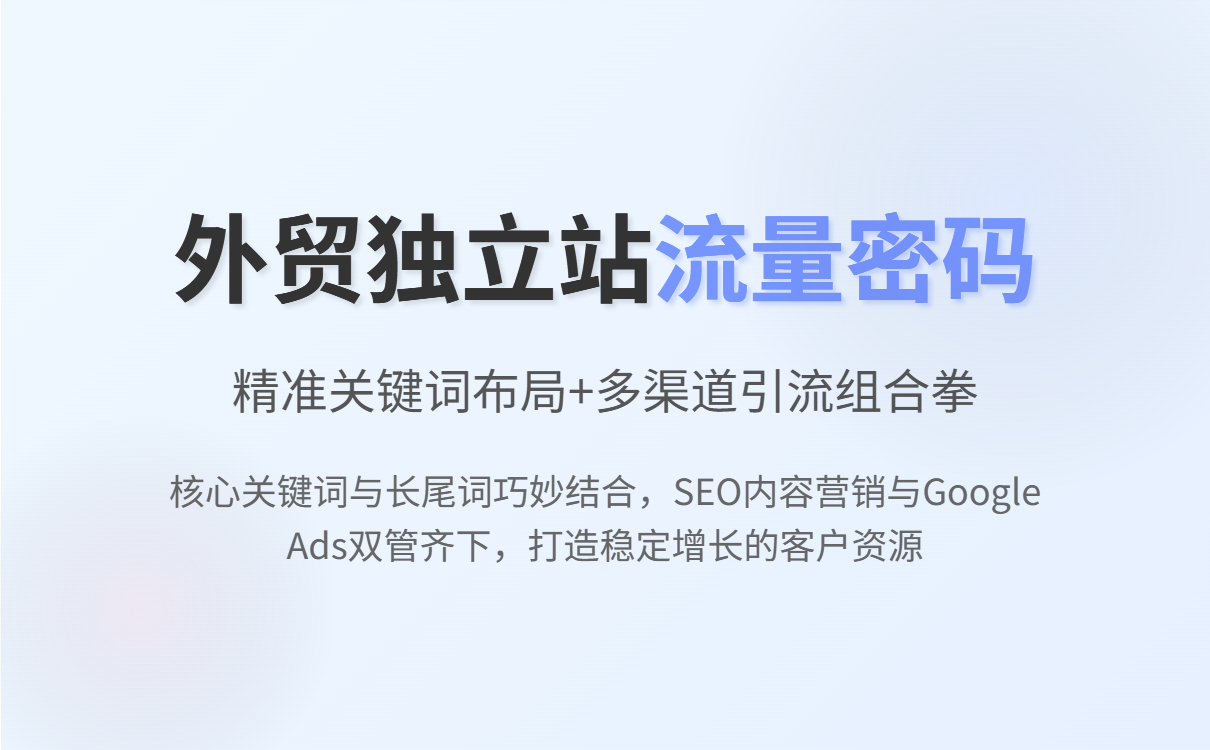
According to a 2024 report by HubSpot, 73% of B2B buyers start their journey with a Google search. Yet, many exporters still struggle to rank beyond page 3 — even after launching a professional website. Why? Because traditional SEO is static, manual, and often misaligned with real buyer intent across markets.
One German industrial equipment supplier lost over €45K in potential leads last year due to poor keyword targeting. Their site ranked for generic terms like “machinery,” but not for high-intent phrases such as “precision CNC milling machine for automotive parts.” That’s not just a ranking issue — it’s a missed revenue opportunity.
| Market | Avg. Monthly Search Volume (High-Intent Keywords) | Top Local Keyword Example |
|---|---|---|
| Germany | ~8,000–12,000 | "kundenspezifische Maschinenbau Lösungen" |
| Japan | ~5,000–9,000 | "カスタム加工機の受注生産" |
| USA | ~15,000–25,000 | "custom metal fabrication services for OEMs" |
These aren’t just keywords — they’re signals from buyers actively searching for solutions. The problem? Most brands use outdated tools that fail to capture this nuance.
With an intelligent SEO engine like AB客's, you can automate what used to take weeks:
In one case study, a Chinese LED lighting manufacturer saw a 67% increase in organic traffic within 90 days after implementing AI-powered content structuring and multilingual keyword mapping. They weren’t just ranking higher — they were converting more visitors into qualified leads.

What sets smart SEO apart isn’t just automation — it’s continuous learning. Real-time competitor analysis lets you spot gaps: if your rival ranks for “high-efficiency HVAC filters” but you don’t, that’s your next content priority.
If your foreign trade site feels stuck in the shadows, it might be time to stop guessing and start optimizing with data-driven intelligence. Whether you're targeting Germany, Japan, or North America, the right SEO strategy can make your products visible — and profitable.
Got questions about how to apply these tactics to your niche? Drop them below — we’ll feature top ones in our next deep dive.
Click here to generate SEO-friendly multilingual pages in seconds.png?x-oss-process=image/resize,h_100,m_lfit/format,webp)
.png?x-oss-process=image/resize,h_100,m_lfit/format,webp)

.png?x-oss-process=image/resize,h_100,m_lfit/format,webp)
.png?x-oss-process=image/resize,h_100,m_lfit/format,webp)
.png?x-oss-process=image/resize,h_100,m_lfit/format,webp)
.png?x-oss-process=image/resize,h_100,m_lfit/format,webp)
